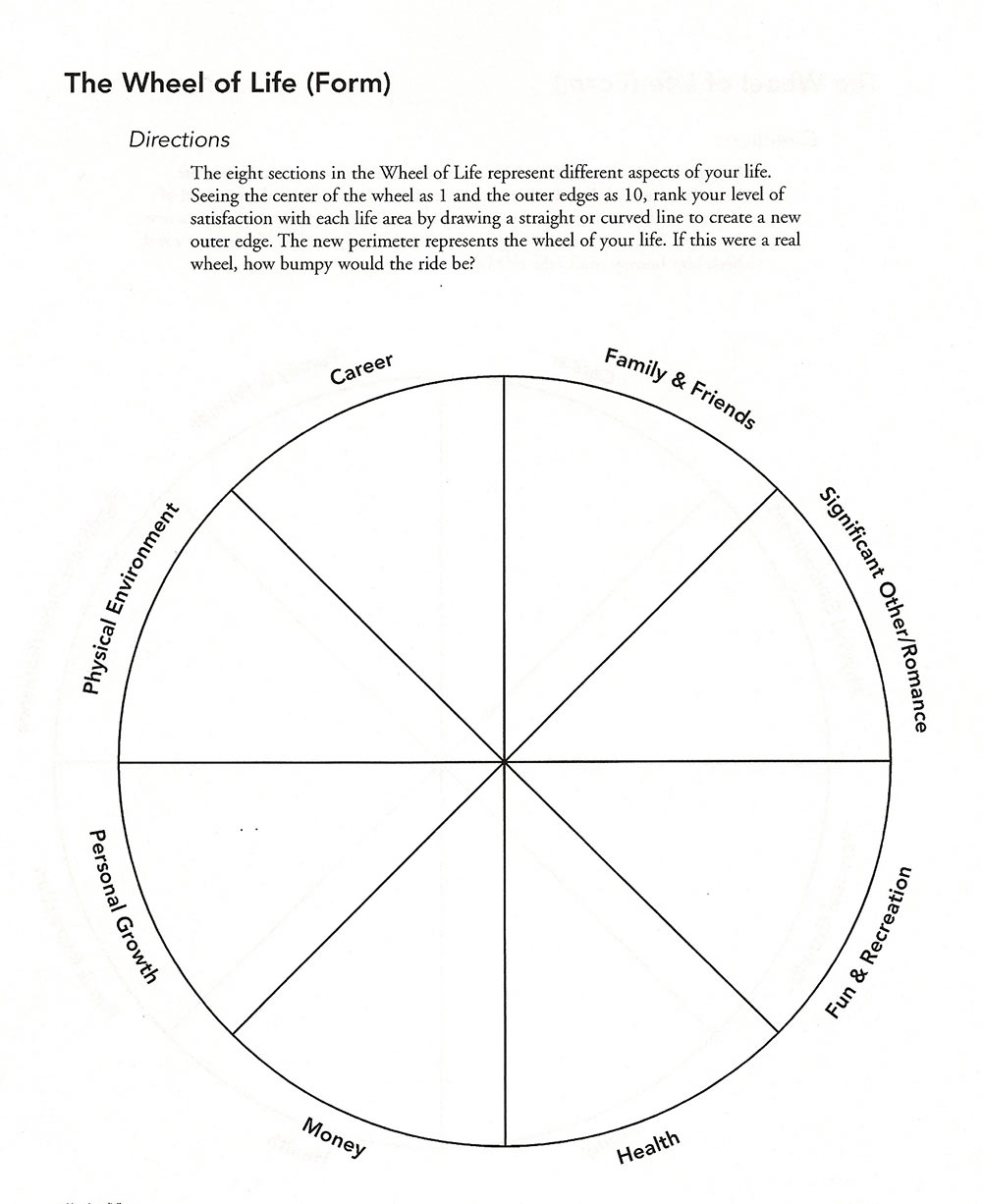


Which symbolizes the fact that these negative emotions lead to each other in an endless loop. The use of animals as imagery here is important, we can see that each animal is holding onto the tail of the animal infront of him. Hatred/Jealousy : represented by the snake. The three poisons or the three fundamental sufferings (by this I mean the three things from which we suffer every hour of every day until we reach nirvana) occupy the center of the Wheel of Life, as they act as “fuel” giving momentum to the “wheel”. I have tried to divide the different elements of the Thangka into sections, so you can better understand this beautiful painting. This motif is a little more complex than the introduction I gave here, scroll down if you wish to read a more detailed look or buy a wheel of life. We are all Buddhas waiting to become enlightened. This idea of a rotation or cycle, is in fact re-incarnation ! We do not occupy a stable place within Samsara, but depending on our Karma we will pass from one existence to another.īeyond the Samsara we have Nirvana, the world unaffected by negative emotions, which by definition is the true nature of happiness and the ultimate realization that we are all seeking for. This can be divided into - bhava - which means origin or worldly existence and - chakra - which means circle or rotation. The notion of re-incarnation is also to be found in Vedic literature - "bhavachakra" in Sanskrit is a synonym of the word Samsara. It also shows the importance our actions have on our existence - or what we like to call Karma. It depicts and explains the cyclic nature of re-incarnation and the different aspects of our perceived reality. Often painted on the exterior walls of Buddhist monasteries, The Wheel of Life can be considered the very essence of the Buddhist philosophy as it offers insights into some of its most important concepts. The ultimate purpose of this painting is to show the way out of the world of suffering into the sphere beyond, which is known as Nirvana. Picture by picture it reminds one that everyone is their own judge and responsible for their own fate. The Wheel of Life describes the cause of all evil and its effects, mirrored in earthly phenomena. The Wheel of Life illustrates the essence of the Buddhist teachings, the Four Truths: the existence of earthly suffering its origin & cause the ending or prevention of misery and the practice path to liberation from suffering. It is made in the form of mandala - a complex picture representing the Buddhist view of the Universe. Thangka painting depicts Bhavachakra, the Wheel of Life. Materials: Tibetan Black and Gold Dust, Precious & Semi-Precious Natural Minerals mixed with Hide Glue.


 0 kommentar(er)
0 kommentar(er)
